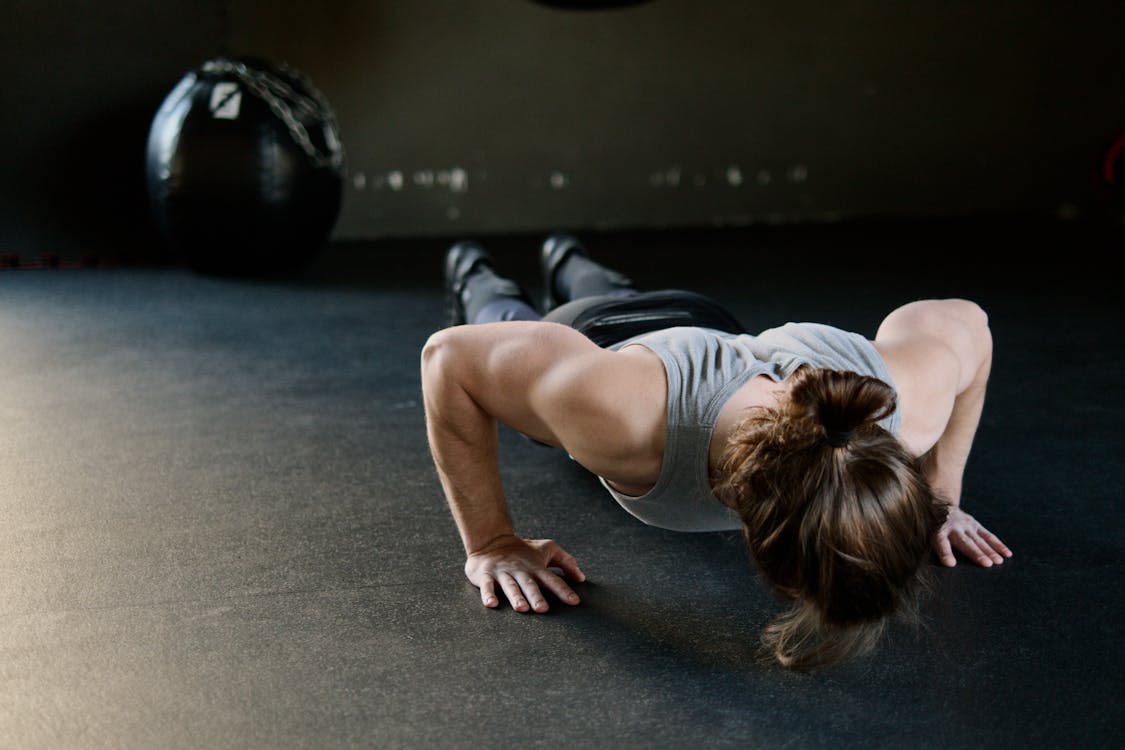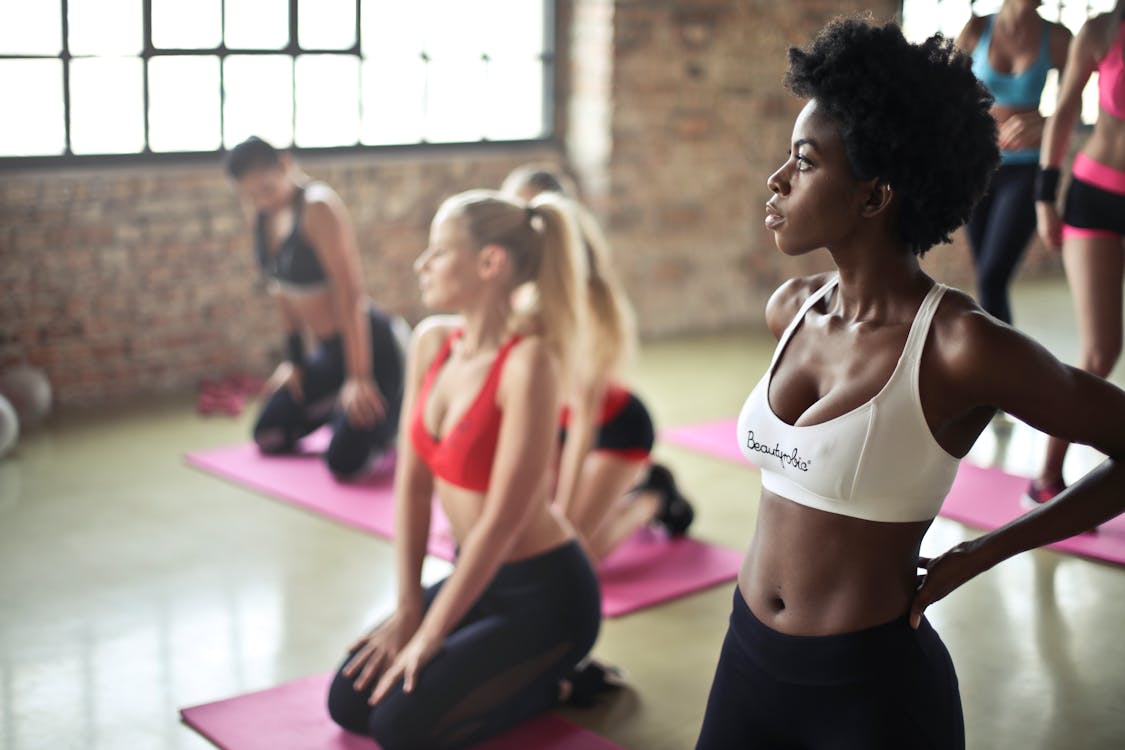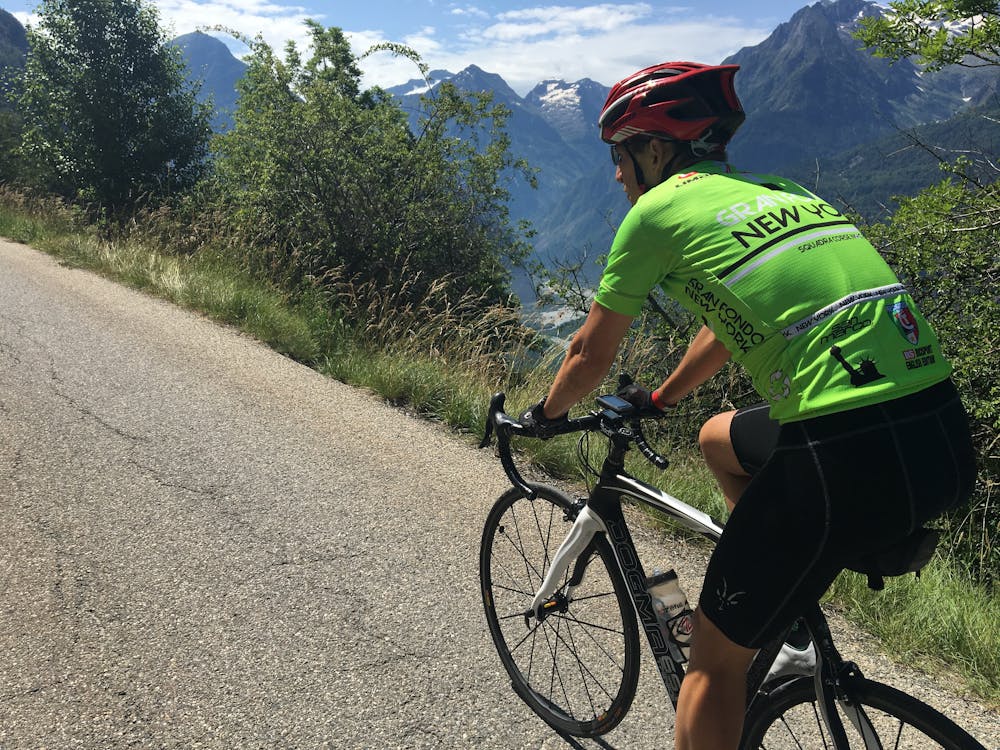Ever marvel at the incredible strength, balance, and control of calisthenics athletes and wonder, "Could I ever do that?" The answer is a resounding YES! This comprehensive guide, inspired by a meticulously detailed calisthenics training plan, lays out a roadmap of twenty-two progressive skills designed to take you from a complete beginner to a bodyweight master over the course of your first year. Get ready to transform your strength, mobility, and your entire perception of what your body can achieve.
Calisthenics is more than just exercise; it's the art of mastering your own bodyweight. This journey isn't about quick fixes; it's about building a profound connection with your body, understanding its mechanics, and progressively challenging yourself. From foundational movements like the hollow body hang to awe-inspiring feats like the muscle-up and handstand, each skill builds upon the last, creating a holistic development of strength, balance, flexibility, and control.

Your journey to bodyweight mastery starts with the first skill. Let's begin!
We'll explore key skills, the principles behind their progression, and crucial insights to ensure your training is efficient, effective, and, most importantly, safe. Prepare to unlock your potential!
Table of Contents
- The Bedrock: Foundational Principles of Calisthenics Progression
- Phase 1: Building the Base (Months 1-3) – Core, Grip & Early Balances
- Phase 2: Developing Strength & Control (Months 4-7) – Pushing, Pulling & Mobility
- Phase 3: Towards Mastery (Months 8-12) – Advanced Holds & Dynamics
- Crucial Insights for Your Calisthenics Journey
- Your Beginner Calisthenics Questions Answered
- Calisthenics: A Pillar of Your Holistic Wellness
The Bedrock: Foundational Principles of Calisthenics Progression
Before diving into specific skills, it's vital to understand the principles that underpin successful calisthenics training, as highlighted in this comprehensive guide:
- 🏗 **Progressive Overload:** Gradually increasing the difficulty of exercises. This might mean more reps, longer holds, or moving to a harder variation.
- 🧘♂️ **Proper Form First:** Always prioritize correct technique over quantity. Poor form leads to inefficiency and injury.
- 💪 **Core Engagement & Pelvic Tilt:** Mastering the "hollow body" position (posterior pelvic tilt, engaged core) is critical for almost every skill.
- 🦾 **Scapular Control:** Understanding how to retract, protract, depress, and elevate your shoulder blades is key for pulling and pushing movements.
- 🤸♀️ **Balance & Proprioception:** Many skills require a keen sense of balance and body awareness in space.
- 🛡️ **Safety & Regression:** Knowing when to use assistance (bands, blocks, walls) or regress to an easier variation is crucial for injury prevention and consistent practice.
- ⏳ **Patience & Consistency:** Mastery takes time. Consistent, focused effort is the secret sauce.
Phase 1: Building the Base (Months 1-3) – Core, Grip & Early Balances
Your first few months are about laying a solid foundation.
Skill: Hollow Body Hang & Holds

The hollow body position is fundamental for core strength and body control in calisthenics.
- Why it's key: Improves grip strength, decompresses the spine (can relieve back pain), and teaches active shoulder engagement (scapular depression and retraction) and the crucial hollow body position.
- Progression: Start with passive hangs, then move to active hangs (pulling shoulders down and engaging lats), then incorporate the hollow body hold while hanging.
Skill: Frog Stand (Crow Pose)
- Why it's key: Introduces basic hand balancing, builds wrist and forearm strength, and teaches weight distribution on your hands. The guide notes using three balance points (heels of hands and fingertips) and slight outward hand rotation to ease wrist pressure.
- Progression: Start with short holds, gradually increasing duration. Use a cushion in front for safety if you're worried about falling forward.
Phase 2: Developing Strength & Control (Months 4-7) – Pushing, Pulling & Mobility
With a foundation set, you'll start working on more demanding strength and mobility skills.
Skill: Pseudo Planche Leans & Push-ups
- Why it's key: Massively develops front deltoid (shoulder) strength, which is critical for advanced skills like the planche. It also strengthens wrists and teaches you to lean forward, distributing weight over your hands.
- Progression: Start with pseudo planche leans (leaning forward in a push-up position with hands turned out), then progress to pseudo planche push-ups, focusing on maintaining the forward lean throughout the movement.
Skill: German Hang (Shoulder Mobility)

The German hang is an advanced stretch for incredible shoulder mobility; progress with care.
- Why it's key: Develops "superhuman" shoulder extension mobility, vital for many advanced skills and overall shoulder health.
- Progression: Approach with extreme caution and progress slowly. Start with support (e.g., feet on blocks or the ground), gradually increasing the range of motion. Never force it.
Skill: Pistol Squat Progressions
- Why it's key: Builds incredible single-leg strength, balance, and hip/ankle mobility.
- Progression: Start with regressions like squatting to a block or chair, using assistance for balance, and gradually decrease the support and increase the depth.
Expert Tip: Mobility isn't just about stretching; it's about usable range of motion. The Ultimate 30-Day Holistic Wellness Journey incorporates mobility work that can support these demanding calisthenics skills, ensuring your joints are as prepared as your muscles.
🤸♂️ READY TO DEFY GRAVITY & BUILD YOUR ULTIMATE PHYSIQUE? 🤸♂️
✅ The Ultimate 30-Day Holistic Wellness Journey Complements Your Calisthenics Training with Nutrition & Recovery!
🎯 JOIN NOW: Get Comprehensive Support for Your Strength, Mobility, and Overall Well-being!
👇 CLICK HERE TO ELEVATE YOUR ENTIRE WELLNESS ROUTINE! 👇
LEVEL UP WITH The Ultimate 30-Day Holistic Wellness Journey! →(Fuel your bodyweight mastery with a truly holistic approach!)
Phase 3: Towards Mastery (Months 8-12) – Advanced Holds & Dynamics
As you approach the year mark, you'll be tackling some of the most iconic and rewarding calisthenics skills.
Skill: Muscle-Up Technique

The muscle-up combines explosive pulling power with precise transition technique.
- Why it's key: A hallmark of calisthenics proficiency, combining pulling strength, explosive power, and transition technique.
- Progression Insights: Requires mastering high pull-ups. The guide emphasizes a deep hollow body position during the pull and using knee drives to generate momentum for the transition over the bar. Resistance bands can be invaluable for assistance.
Skill: Handstand Balance
- Why it's key: The quintessential balance skill, demanding shoulder stability, core control, and an understanding of balance points.
- Progression Insights: Master pelvic tilt (posterior pelvic tilt is key) and balance points on your hands. Wall-assisted handstands (chest-to-wall and back-to-wall) are crucial for building endurance and practicing alignment before attempting freestanding holds. Use pillows for safety when practicing away from the wall.
Skill: Handstand Push-Up Progressions
- Why it's key: An advanced pressing movement that builds incredible shoulder and triceps strength.
- Progression Insights: Start with pike push-ups (feet elevated), then progress to wall-assisted handstand push-ups, gradually increasing the range of motion (e.g., using blocks under hands to go deeper).
Crucial Insights for Your Calisthenics Journey
This comprehensive guide offers several profound takeaways for anyone serious about calisthenics:
- 🦾 **Front Deltoid Strength is Paramount:** Many advanced skills (planche, levers, even handstand push-ups) rely heavily on strong front shoulders.
- 🤸♀️ **Balance is a Practiced Skill:** It's not just about brute strength; it requires developing proprioception and precise control.
- 🧘♂️ **Core & Pelvic Control are Universal:** The hollow body is not just one exercise; it's a principle that applies across numerous movements.
- 🛡️ **Safety Tools are Smart Tools:** Resistance bands, blocks, and walls aren't crutches; they are intelligent aids for safer, more effective progression.
Your Beginner Calisthenics Questions Answered
Is it really possible to master skills like muscle-ups and handstands in one year as a beginner?
Yes, with consistent, dedicated practice and a smart, progressive approach like the one outlined, significant progress towards mastering these skills is achievable within a year for many beginners. Individual progress rates will vary based on starting fitness, consistency, recovery, and other factors, but this guide provides a solid roadmap.
What's the most important thing for a calisthenics beginner to focus on?
The most important things are proper form, consistency, and patience. Building foundational strength (especially core and shoulders), mastering basic movement patterns (like hollow body and scapular control), and progressing gradually are crucial for long-term success and injury prevention.
How important is flexibility and mobility in calisthenics?
Flexibility and mobility are foundational, not optional, in calisthenics. Skills like the pistol squat, German hang, and even handstands require significant range of motion in the hips, ankles, and shoulders. This guide emphasizes integrating mobility work to support skill development and prevent injury.
Do I need any equipment to start calisthenics?
Many foundational calisthenics exercises require minimal to no equipment (e.g., hollow body holds, basic push-ups). However, access to a pull-up bar is highly beneficial for many skills. The guide also mentions using resistance bands, blocks, and walls as helpful tools for progression and safety, but you can start with the basics using just your body weight.
How often should I train calisthenics as a beginner?
As a beginner, 2-4 well-structured sessions per week can be effective, allowing for adequate rest and recovery between sessions. Consistency over time is more important than the volume of any single week. Listen to your body and adjust as needed.
Want to ensure your nutrition, recovery, and mindset fully support this demanding calisthenics journey?
Explore The Ultimate 30-Day Holistic Wellness Journey →Calisthenics: A Pillar of Your Holistic Wellness
Embarking on a calisthenics journey like the one outlined in this 22-skill progression is an incredible commitment to your physical prowess and mental discipline. The strength, mobility, balance, and body awareness you'll cultivate are profound.
To truly maximize your progress and well-being, consider how this rigorous training fits into a larger picture of holistic health. The Ultimate 30-Day Holistic Wellness Journey provides a framework to support your endeavors by focusing on crucial, often overlooked aspects like optimal nutrition for muscle repair and energy, restorative sleep for recovery, stress management techniques to keep you mentally sharp, and mindset strategies to maintain motivation and overcome plateaus. When your entire lifestyle supports your training, your potential for growth in calisthenics—and in life—becomes limitless.
Conclusion: Your Year of Transformation Awaits!
This guide to 22 progressive calisthenics skills offers an inspiring and actionable blueprint for an incredible year of physical transformation. By focusing on foundational principles, embracing progressive overload, prioritizing safety, and practicing consistently, you can unlock amazing levels of bodyweight strength and control. Trust the process, be patient with your progress, and celebrate every new skill mastered. Your journey to becoming a calisthenics beast starts now!
Further Exploration & Authoritative Perspectives
For those eager to learn more about calisthenics, bodyweight training, and biomechanics:
Websites like StrongFirst (founded by Pavel Tsatsouline) and GMB Fitness offer deep insights into strength principles and bodyweight skill development, often with a focus on quality movement and longevity.
The National Strength and Conditioning Association (NSCA) provides scientific resources on strength training, conditioning, and biomechanics relevant to calisthenics.
Look for books by renowned coaches like Coach Christopher Sommer ("Building the Gymnastic Body") for highly detailed progressions, though always adapt to your own level.
Many reputable YouTube channels (beyond the one this summary is from) offer excellent visual demonstrations and coaching cues for specific calisthenics skills. Always cross-reference information and prioritize safe, gradual progression.
🌟 READY TO BUILD THE ULTIMATE VERSION OF YOU – INSIDE AND OUT? 🌟
✅ The Ultimate 30-Day Holistic Wellness Journey Provides the Complete Support System for Your Calisthenics Goals and Beyond!
🎯 TRANSFORM TODAY: Integrate Elite Fitness with Optimal Nutrition, Recovery, and Mindset Mastery!
👇 CLICK HERE TO EMBARK ON YOUR HOLISTIC TRANSFORMATION! 👇
MASTER YOUR WELLNESS WITH The Ultimate 30-Day Holistic Wellness Journey! →(Your journey to peak physical and mental performance starts with a holistic foundation.)
Suggested Labels: Calisthenics for Beginners, Bodyweight Training, Calisthenics Progression, Muscle Up Tutorial, Handstand Tutorial, Pistol Squat, Front Delt Strength, Shoulder Mobility, Core Stability, Holistic Fitness, The Ultimate 30-Day Holistic Wellness Journey, Calisthenics Year Plan
